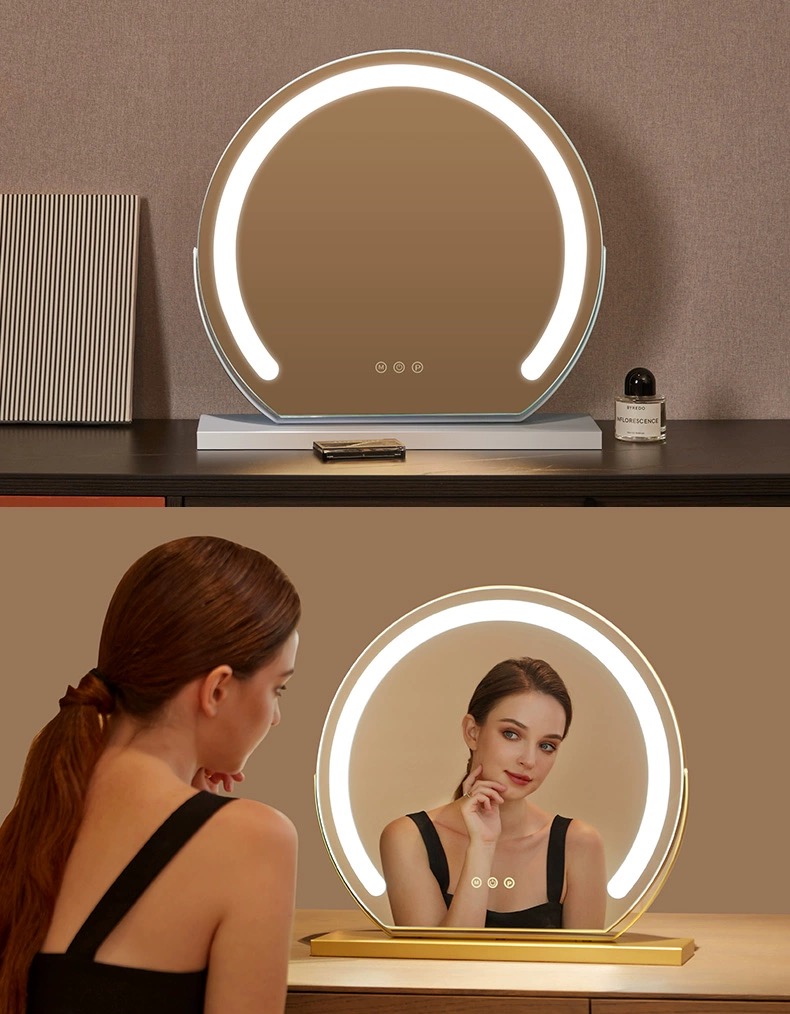

Understanding Triple Silver Low-E Glass Benefits and Applications
In the realm of modern architecture and energy-efficient building solutions, triple silver low-emissivity (Low-E) glass has emerged as a groundbreaking material. This innovative glazing option is designed to enhance energy efficiency, improve comfort, and reduce environmental impact, making it a preferred choice for both residential and commercial buildings.
What is Triple Silver Low-E Glass?
Triple silver low-E glass is a type of insulated glazing that incorporates three layers of silver coating applied to the glass surface. These silver layers significantly improve the glass's ability to reflect solar heat while still allowing natural light to enter. The term low-E refers to the glass's low emissivity, which means it minimizes the amount of infrared radiation that can pass through. This property is crucial for maintaining indoor temperature stability and reducing reliance on heating and cooling systems.
Energy Efficiency and Cost Savings
One of the most significant advantages of triple silver low-E glass is its energy efficiency. It provides superior thermal insulation compared to traditional double-glazed windows. By reflecting heat back into a space during the winter months and blocking excess solar heat during the summer, this type of glass can help maintain a comfortable indoor climate year-round. As a result, homeowners and businesses can experience substantial cost savings on energy bills.
Additionally, the enhanced performance of triple silver low-E glass often allows buildings to achieve higher energy-efficiency ratings. This can be beneficial for attaining green building certifications and may even enhance property value.

Comfort and Light Quality
Beyond energy savings, triple silver low-E glass also contributes to the overall comfort of indoor spaces. By reducing glare and UV radiation, this glazing option helps protect interior furnishings from fading while providing a pleasant ambiance. The ability to maximize natural light without compromising on temperature control is particularly advantageous in office buildings, schools, and residential settings.
Environmental Impact
The use of triple silver low-E glass aligns with sustainable building practices. By improving energy efficiency, this glass helps reduce the carbon footprint of buildings, contributing to a decrease in greenhouse gas emissions. As more architects and builders prioritize sustainability, materials like triple silver low-E glass are becoming increasingly important in creating energy-conscious designs.
Conclusion
In summary, triple silver low-E glass is a remarkable advancement in glazing technology. Its combination of energy efficiency, improved comfort, and positive environmental impact makes it an essential component of modern architectural design. As we move towards a more sustainable future, the incorporation of innovative materials such as triple silver low-E glass will play a vital role in redefining how we build and live. Whether for new constructions or retrofitting existing buildings, this glass is undoubtedly a smart choice for anyone looking to enhance their property’s performance and environmental responsibility.